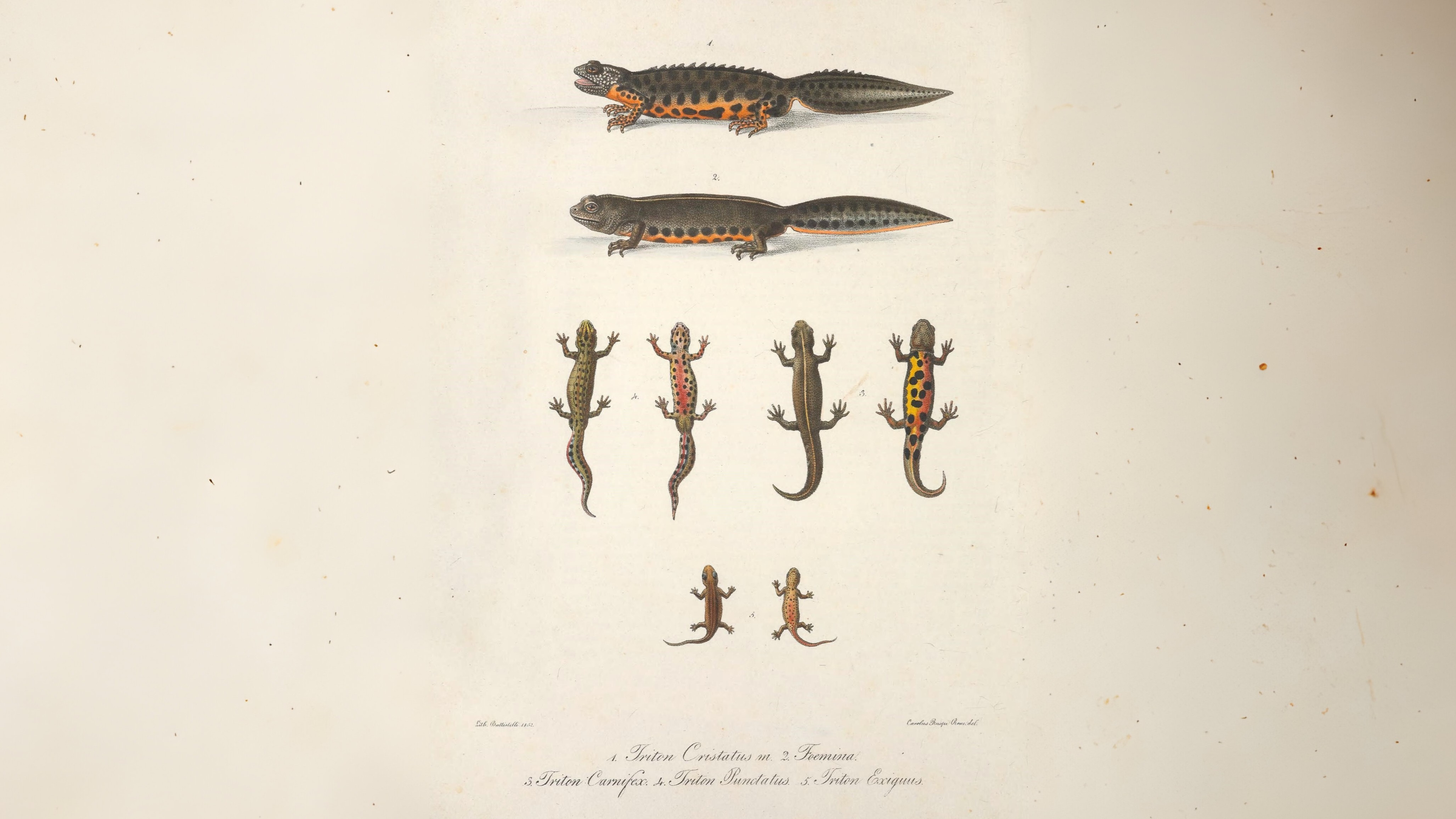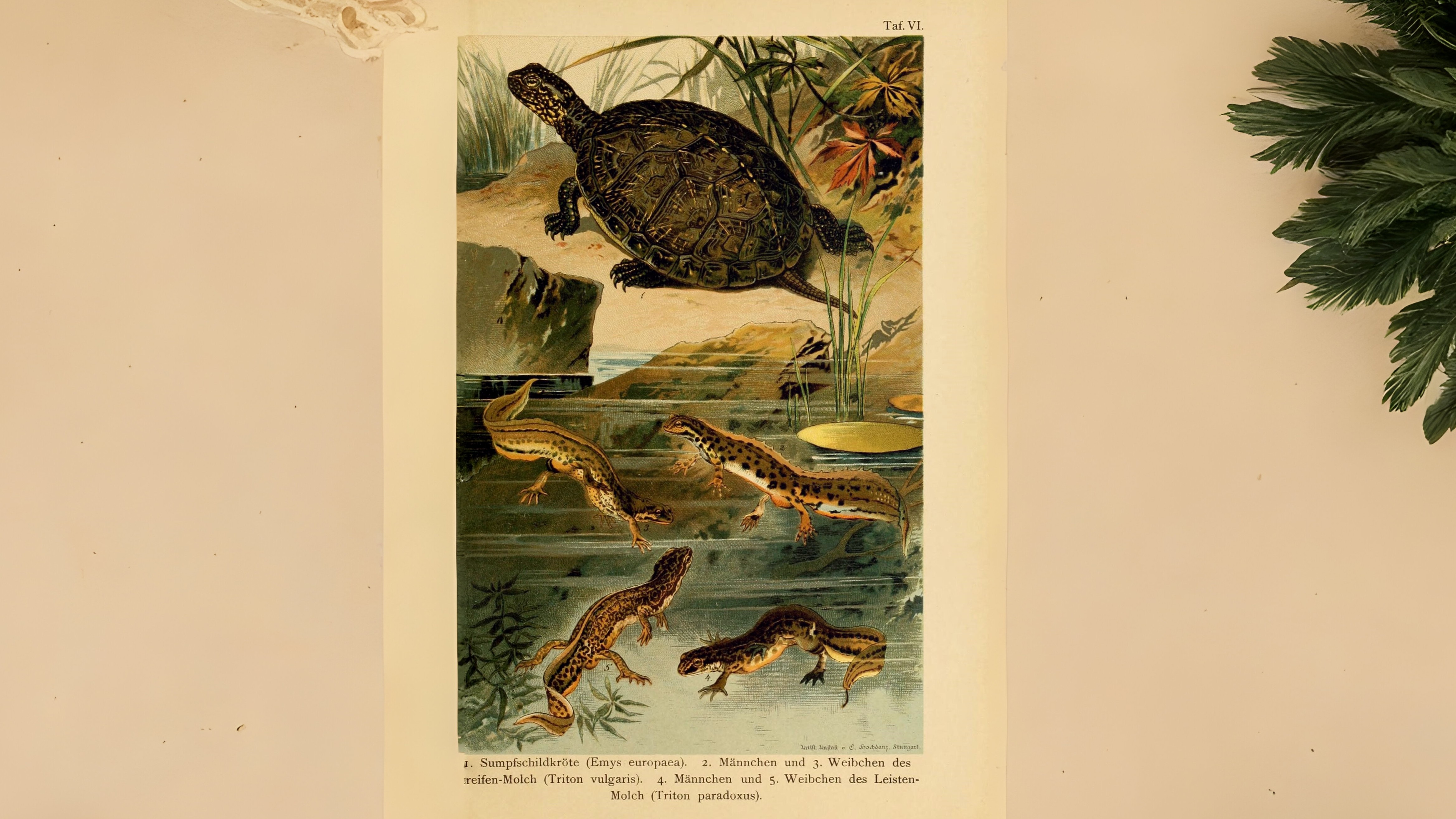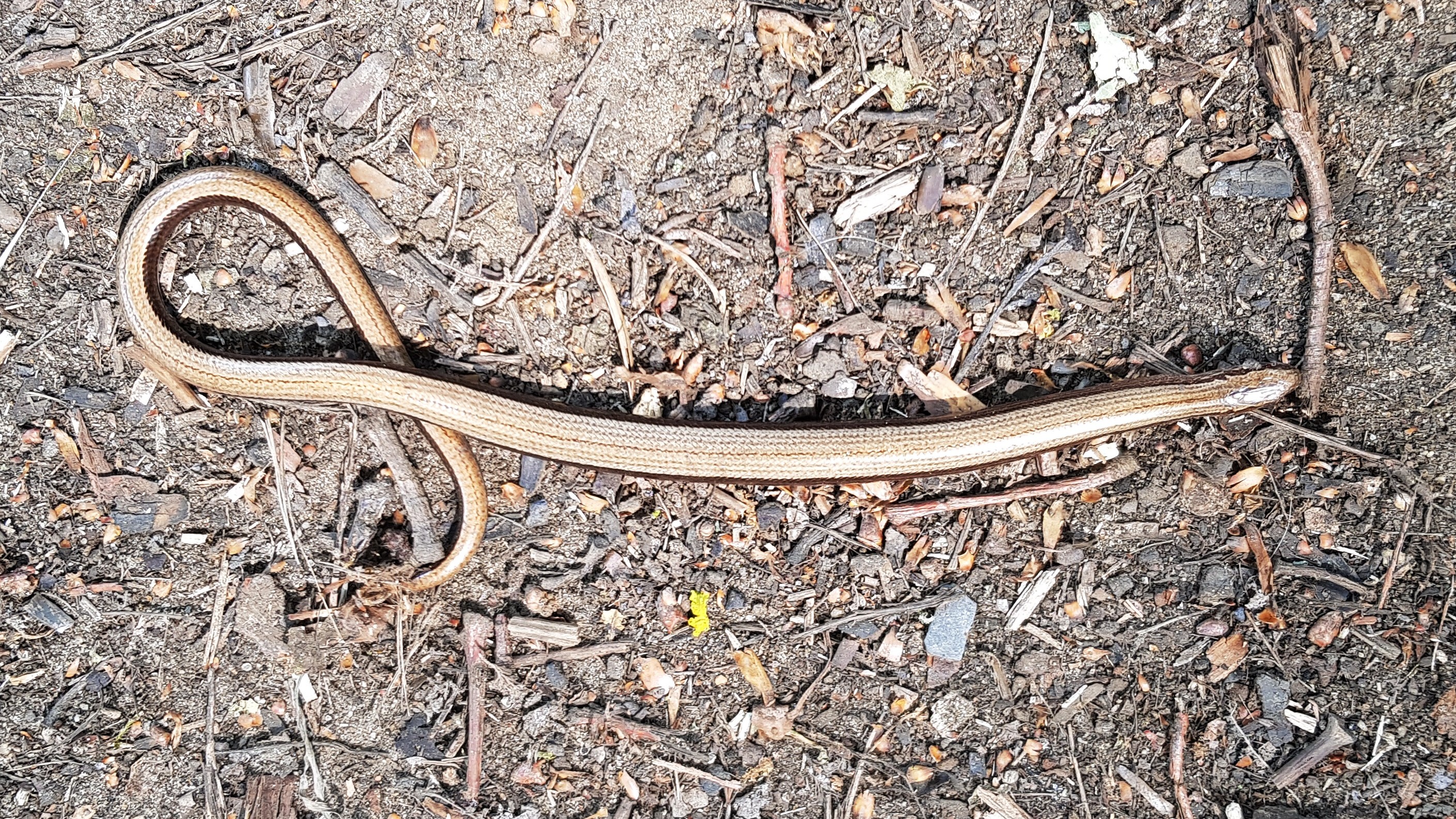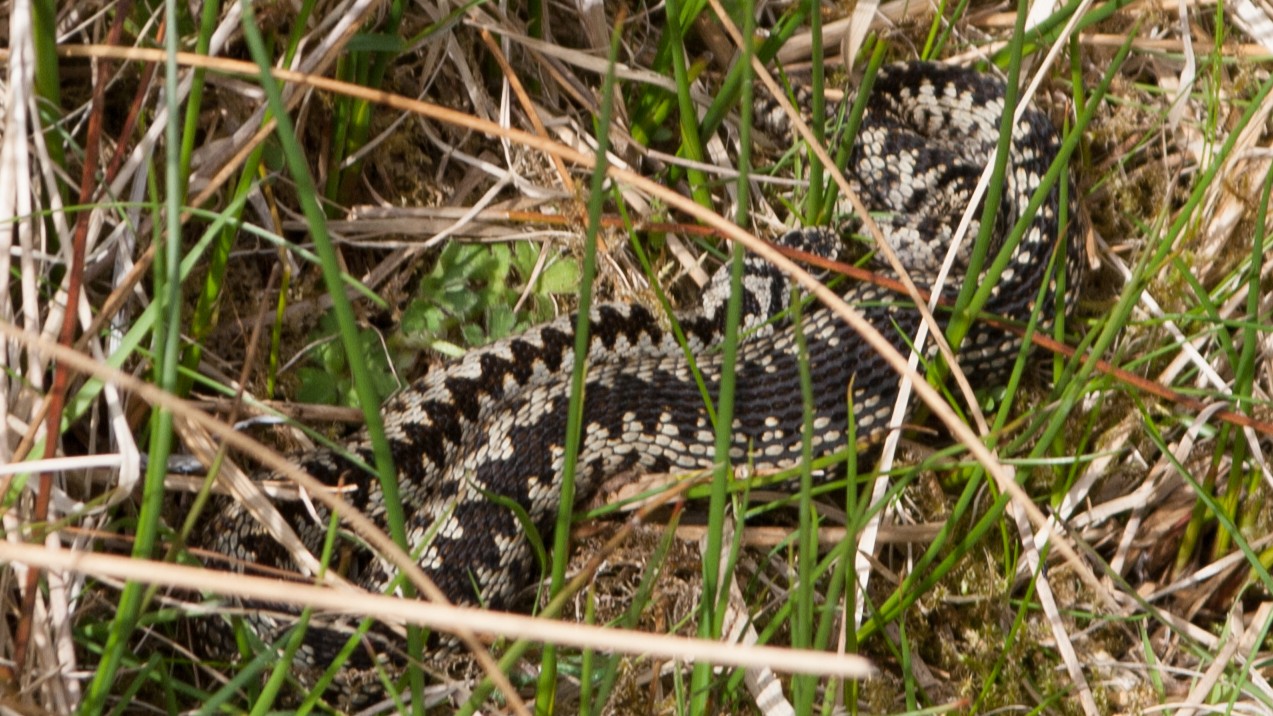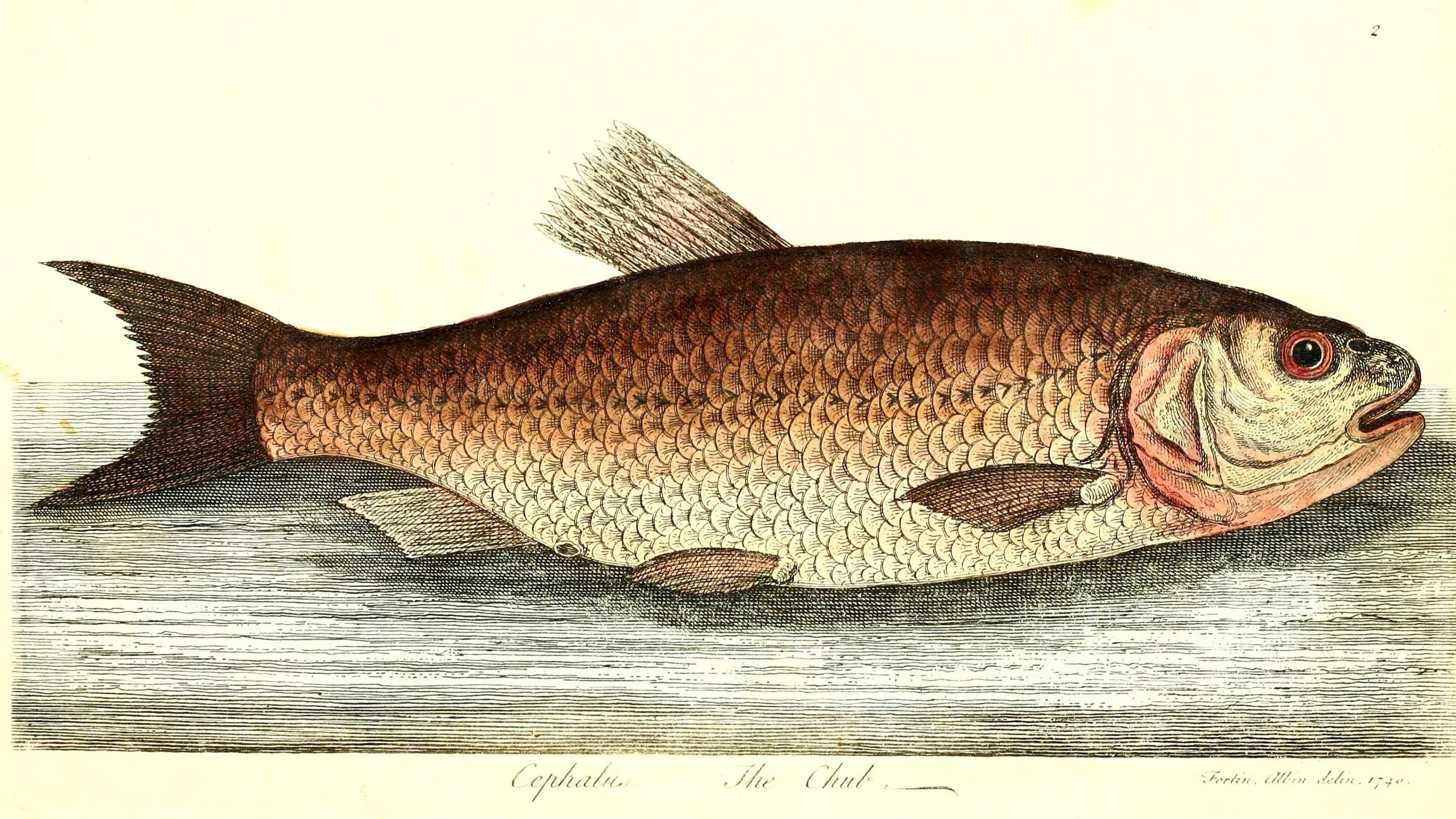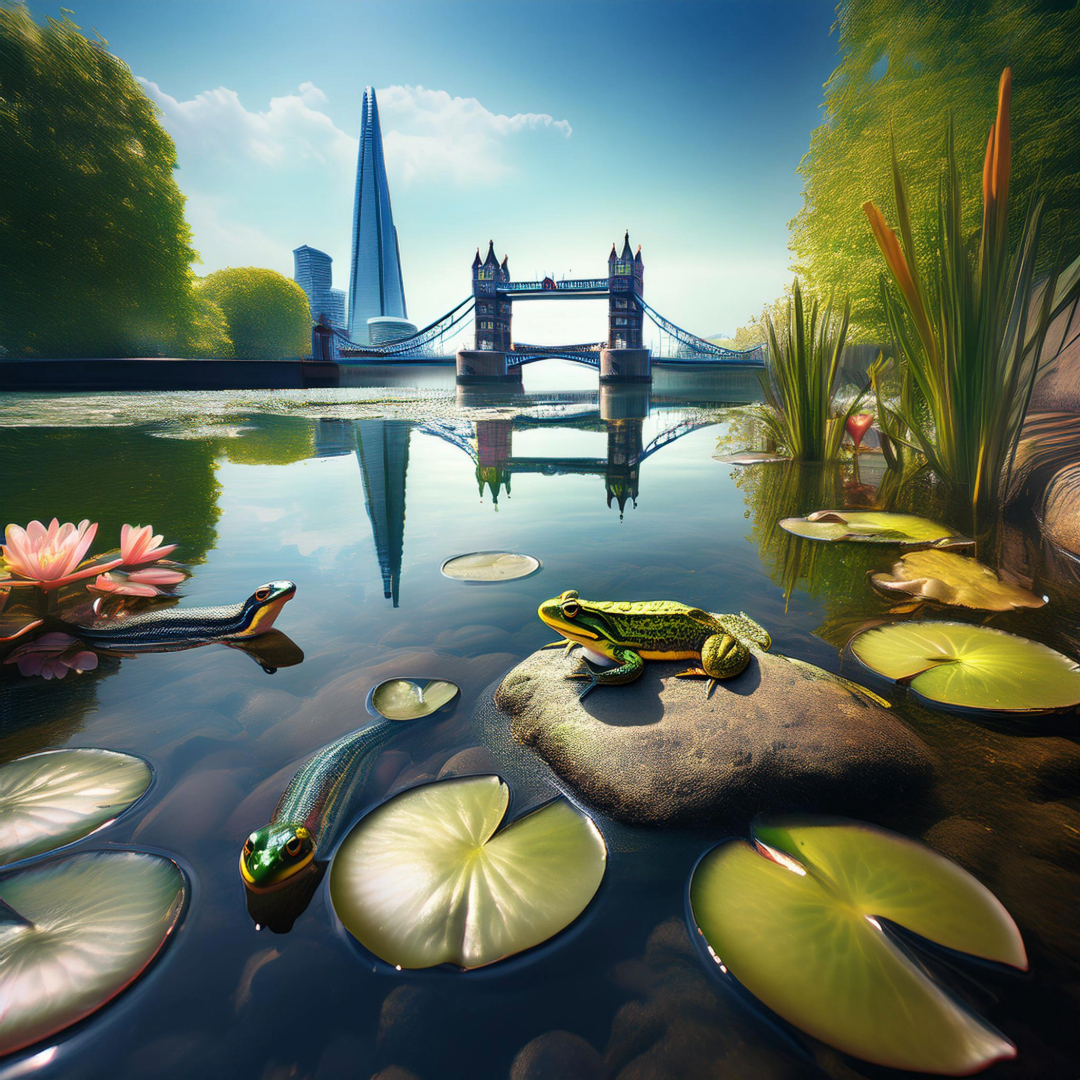
Join us on 10 March as we dive into the hidden world of amphibians, reptiles, and fish in London. Discover where to spot great crested newts performing their intricate courtship dances, learn how to identify the differences between grass snakes and adders, and explore the quiet stretches of rivers where pike, perch, and dace begin their spawning rituals.
Two or three weeks after the first common frogs start breeding, toads repeat the same mating ritual, moving towards their favoured ponds. This is usually in the evening and commonly in wet conditions. They seem to prefer deeper ponds, whereas newts seem to need emergent vegetation around the edges. It is now the time when toads cross the roads and, in certain places, drivers are warned with signs to take care.
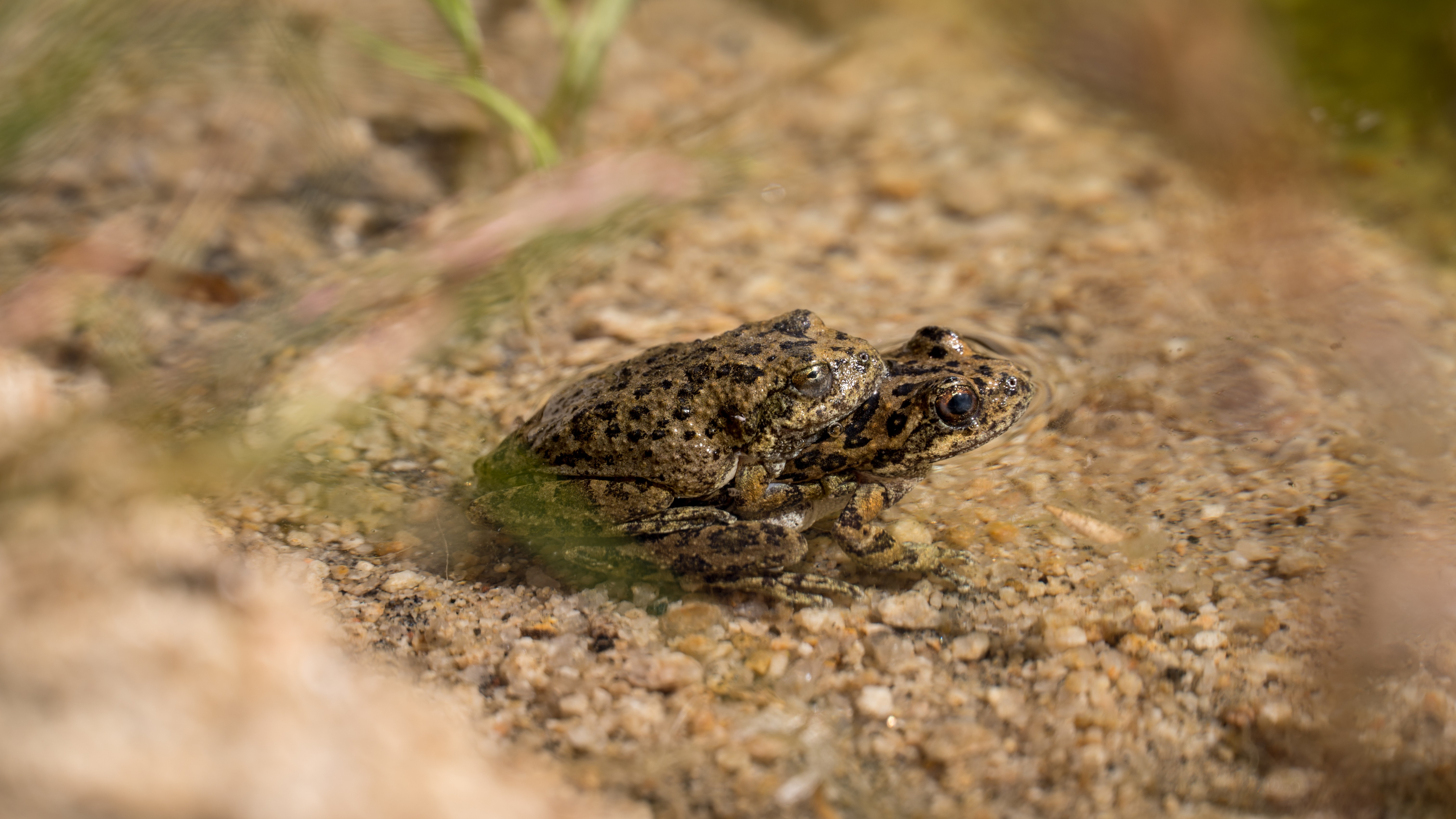

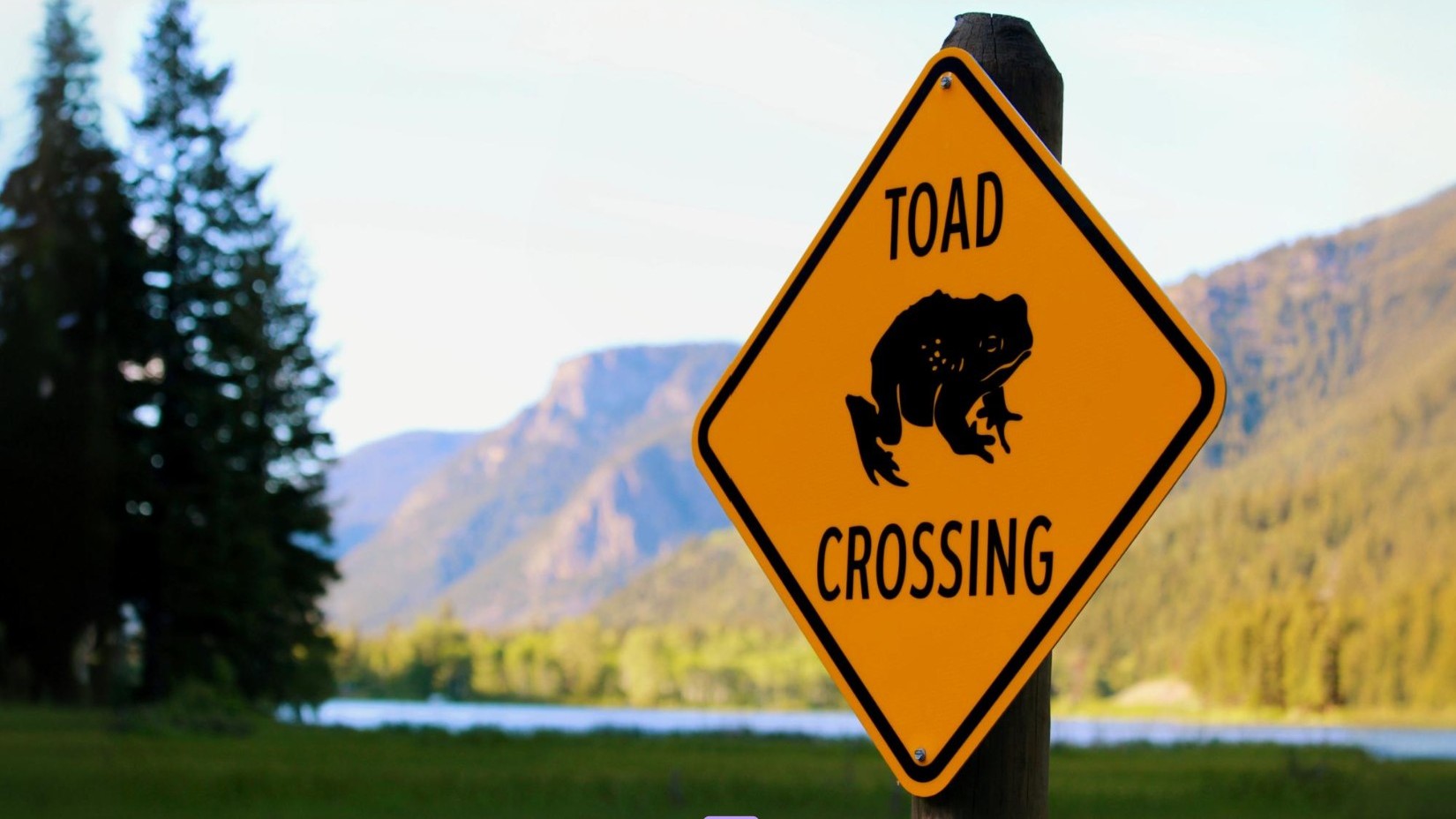

This month, newts select a chosen female and commence their unusual courtship. This involves him waving his tail in front of her until she reacts favourably. He then deposits a small, white bag of sperm. After this, he positions her so that she can pick up the bag with her cloaca. This can be a bit of a hit and miss affair, with perhaps only half being transferred successfully.
